Analysis of the market for armored vehicles for 2019 and an assessment of its prospects
The article presents an analysis of how the change in the balance of defense capabilities associated with the transition from counterinsurgency operations to conflicts with equal rivals affected the purchase of armored vehicles.
2019 was a significant year for the global market for armored vehicles, which is due primarily to a steady stream of contracts and high-profile statements about the implementation of new programs. In this segment, an increase in spending of 2020% is forecasted in 9,5, that is, up to $ 26,67 billion (of course, if the events of recent months have not made their corrections), and this trend is likely to continue in the next decade.
Demand for new cars reflects two steady trends. First, the need for well-protected platforms with sufficient strategic and operational mobility so that you can quickly deploy equipment to any potentially hot spot in the world; and second, the desire to have new tracked infantry fighting vehicles and MBT, which can replace the platforms of the Cold War, because the service life of many of them has approached 40 years.
These needs at this stage are determined by the transformation of views on the nature and likelihood of a major conflict in the future. While the counterinsurgency will no doubt remain paramount in regions such as Africa and the Middle East, the withdrawal of troops from Afghanistan and Iraq has contributed to a sharp reduction in the scale of such operations. At the same time, the deterioration of relations between the NATO countries, Russia and China forced to change priorities and move on to building up the capabilities that might be needed in the event of a traditional conflict with an equal rival.
American ambition
With the largest defense budget in the world, the United States is at the forefront of the rejuvenation of the military equipment market. Although many analysts question the long-term sustainability of US Army defense budget spending, it continues to pursue an ambitious modernization program to excel in six key areas: longer-range high-precision fire, next-generation generation Combat Vehicles (NGCVs) , promising vertical take-off platforms, network, air defense and missile defense, and the firing efficiency of a soldier.
The second of these priorities, the NGCV project, includes several competitions for new armored vehicles. Chief among them is the OMFV (Optionally Manned Fighting Vehicle) contest for the optionally manned combat vehicle, which will result in the purchase of a new tracked infantry fighting vehicle with the goal of replacing the M2 Bradley by 2026. From the very beginning, two applicants claimed this project, each of which had to supply 14 prototypes for testing.
However, at the end of 2019, the announcement that the Lynx KF41 armored vehicle from Raytheon / Rheinmetall companies was excluded from the tender caused a shock among specialists. According to official data, the exception was due to a lag behind the schedule for the supply of experimental vehicles to the Aberdeen Testing Ground. Thus, the only bidder left was General Dynamics Land Systems. As a result, the army announced that it would stop the program in January 2020 in order to revise its requirements and the procurement schedule.
Such a development of events, as a rule, is accompanied by certain risks arising from the accelerated development of new technology. Premature withdrawal of the BAE Systems company from the tender in June 2019 clearly showed that almost 100 of the mandatory technical requirements and an ambitious schedule were considered by many potential candidates as impossible.
Despite the uncertain start of the OMFV routine, another important component of the NGCV initiative continues to be implemented with confidence. The M8 Armored Gun System from BAE Systems and the new platform from GDLS, the first photos of which were published in January last year, are fighting for the Mobile Protected Firepower subroutine. Both companies received contracts worth up to $ 376 million for the construction of 12 prototypes. As a result, in 2022, the winner will be chosen, who will receive a contract for the production of 504 cars.
This program is an indicator of the formation of new needs for lighter direct fire support platforms, which are easier to deploy and have sufficient mobility to support forces operating in areas inaccessible to heavier MBT and BMP.
The consequence of such a shift in priorities in the sector of heavier armored vehicles was a reduction in funding allocated to vehicles of the MRAP category. Subsequently, the budget for 2019 significantly reduced the allocation of funds for the purchase of the Oshkosh JLTV (Joint Light Tactical Vehicle) armored car, which was largely facilitated by the mood prevailing among high-ranking military personnel. Officials have repeatedly admitted that this armored car is better suited for previous wars, not without reason Minister of Defense Mark Esper once said: “What determined the creation of JLTV? Homemade explosive devices in Afghanistan and Iraq. ” This trend smoothly shifted to fiscal year 2020, the number of JLTV machines purchased was reduced from 3393 in 2019 to 2530 units in order to allocate more funds to other programs.
Although the US is reportedly planning to spend 94% of the region’s total spending, Canada is also purchasing 360 8x8 vehicles under the Armored Combat Support Vehicle program worth $ 1,54 billion. These vehicles, based on the LAV (Light Armored Vehicle) 6.0 platform manufactured by GDLS-Canada, will be replaced by M2020 and Bison 2025x113 tracked armored personnel carriers between 8 and 8.
Diverse geometry
The market for armored vehicles in Europe is much more heterogeneous, although no less active. According to some estimates, the European continent, which is home to five world leaders in defense spending, will become the second largest regional armored car market from 2019 to 2029, since it is predicted that the cost of armored vehicles will increase from $ 7,7 billion to $ 10 billion over this period.
The appetite for new 8x8 cars remains high, despite a number of contracts in recent years. Perhaps the most notable event in 2019 was a British Army contract worth 2,8 billion pounds ($ 3,6 billion) for the mass production of 523 Boxer machines, most of which will be assembled at the Rheinmetall BAE Systems Land plant in British Telford.
European market by sectors, 2019-2029, (in millions of dollars)
Although the largest European military structures have already made their choice and settled on 8x8 wheeled vehicles, several countries remain that are in the process of purchasing or choosing a platform.
Here you can name the Bulgarian tender for 90 infantry fighting vehicles and 60 support vehicles worth $ 830 million, the Slovak contract for 81 8x8 vehicles worth $ 480 million and the potential Slovenian need, which initially envisaged the purchase of 48 Boxer armored vehicles until the contract was postponed last January.
In December media reports it was reported that the Spanish Ministry of Defense rejected the offer of Santa Barbara Sistemas to supply 348 Piranha V 8x8 vehicles in the amount of $ 2,34 billion, while it is quite possible to reopen the competition in 2020. In this case, the Boxer armored vehicle will become the main competitor, although Nexter and the Italian CIO consortium are also considered potential candidates.
In addition, in all countries of the Old World there is a huge need for 4x4 tactical vehicles. One of the largest programs is the British Multi-Role Vehicle - Protected. The program, divided into three “packages”, provides for the purchase of three different platforms to perform various tasks.
The British government initially intended to be the sole contractor of the first “package” and in 2017 the US State Department approved a possible deal to sell the UK up to 2747 JLTV armored vehicles worth up to $ 1 billion. However, due to the relatively high cost of the machine and the fact that other suppliers could offer alternative options with a greater share of local industry, some uncertainty remains and only time will tell whether all this will end with the signing of the contract.
Sales by Sale Act weapons and military equipment to foreign countries is also an attractive alternative for many smaller countries that do not have a powerful defense industry or the resources to conduct a competition and comparative tests. In 2019, a number of JLTV contracts were signed by European countries, which may stimulate future growth in sales of this platform.
Programs such as the European Recapitalization Incentive Program (European Renewal Incentive Program) could contribute to this. This is a fund of $ 190 million, the funds of which are used to replace obsolete Soviet weapons located in the armies of Albania, Bosnia-Herzegovina, Croatia, Greece, Northern Macedonia and Slovakia. By subsidizing the supply of American equipment to these states, Washington can “cut wings” to European manufacturers, reducing their opportunities in regional sales. Within the framework of this initiative, for example, a contract has been signed which provides for the delivery of the Croatian army of 84 M2A2 Bradley ODS tracked vehicles.
Indeed, analysts predict that the market for tracked armored vehicles will begin to grow and increase its share by the middle of the decade. As for other platforms, the countries of Central and Eastern Europe have great opportunities here.
Among the largest programs in this sector, we can name a Czech tender worth $ 2,2 billion for the purchase of more than 200 tracked infantry fighting vehicles to replace BVP-2s from the Cold War era, although Poland also has long-term plans to replace its BWP-1 and BWP-2 vehicles. possibly on a local production platform HSW Borsuk.
There are fewer opportunities in the MBT sector, as the military seeks to modernize existing tanks in order to extend their service life. In addition to countries capable of developing their own tanks, for example, Turkey, the only European tank that claims to be a new one can be called the Leopard 2A7 model. This option was purchased by Denmark, Germany and Hungary; perhaps in the future new customers for this platform may appear.
By 2035, the replacement of the German Leopard 2 tank and the French Leclerc tank with a new platform developed as part of the Mobile Ground Combat System program should begin. In accordance with the plans, more than 500 new tanks will go to the armed forces of France and Germany, although the project may expand to a large pan-European program due to the interest shown by Poland and the UK. However, the investment prospects of other states most likely depend on the development and degree of participation of local industry and how much the program requirements, which, most likely, will not be worked out until 2024, correspond to specific national needs.
Post-Soviet solutions
The latest increase in spending on European defense is for the most part a response to Russia's modernization of its armed forces and a more belligerent foreign policy, which many NATO countries are alarmed at. Moscow is trying to create a more flexible, more responsive army, which can quickly deploy anywhere in the world.
In the countries that were in the orbit of influence of the Soviet Union, the modernization of the huge fleets of equipment and other weapons inherited from it was not direct. Some projects, such as the development of MRAP machines, are beginning to bear fruit. These platforms not only provide protection and mobility of conventional troops, but are also one of the means of projecting forces in overseas contingents, as can be seen in Syria.
However, for other types of armored vehicles, the schedule for the development and adoption of new equipment was shifted further to the right. An example is Armat MBT, which is due to undergo military tests in 2020, despite previous plans for the production of 2300 platforms by 2025.
A similar fate fell on the caterpillar platform "Kurganets" and wheeled "Boomerang", which are still at the stage of preliminary tests, although the order is expected to boomerang in 2021 to 100 vehicles in the amount of about $ 250 million.
Recognizing the fact that the adoption of new platforms will be much slower, the Russian Ministry of Defense has chosen the priority direction of modernizing existing equipment under the current state rearmament program. This means that the production of obsolete platforms, for example, BMP-3, will continue, a contract for the manufacture of 168 of these vehicles in the amount of 14,25 billion rubles was announced in November 2019. Existing tanks will also be upgraded to T-72BZ, T-80BVM and T-90M standards.
Soviet-era equipment and weapons also prevail in many of the former Soviet republics of Central Asia. Nevertheless, these states buy weapons in various countries of the world, and many of them have taken steps to create their own defense industry, for example, Kazakhstan has organized a joint venture with the South African Paramount Group.
Although the ultimate success of Moscow’s ambitious arms procurement programs has yet to be evaluated, they have become a driver of modernization in Europe and the United States. Due to the deterioration of Russia's relations with many states, as well as the insufficient capacity of the national defense industry, Russian producers outside the country have little chance of profit from these investments. Nevertheless, the Central Asian states that emerged after the collapse of the Soviet Union still remain dependent on the supply of Russian military products, despite the fact that many of them have begun to diversify their suppliers.
Cracked market
Expenditures under the new arms procurement programs in the Asia-Pacific region are projected to grow by $ 2029 billion by 5,3. Most of the funds will be spent in defense programs in China, India, Japan and South Korea, while other Asian countries will be able to afford a minimum of defense spending.
Many states in the region must deal with a number of threats, ranging from neighbors with expansionist aspirations to rebels and terrorists, and in this regard must purchase equipment suitable for operations on various types of terrain.
This determines a lot of needs and a fragmented market in which the United States, China, Russia and Europe feel confident. However, more and more states in the region are developing their own defense industry by purchasing their own products, inviting consultants to help develop or create joint ventures to assemble foreign platforms.
Asia Pacific Sector Market, 2019-2029, in millions of dollars
The demand for new MBTs is projected to increase. Already, one of the well-known suppliers receives considerable profits from this. Norinco China supplied at least 48 VT4 tanks to Thailand, while Pakistan, another state with close ties to Beijing, reportedly showed interest in acquiring up to 100 VT4s.
For those military men who want to have MBT firepower, but are limited in cost or mass, an alternative is a tracked or wheeled platform of direct fire support. This option, for example, was chosen by Indonesia, while the Philippines is also investing in a lightweight caterpillar tank and wheeled fire support vehicle, implementing a $ 190 million program.
According to some estimates, a significant increase in investment is also expected in tracked infantry fighting vehicles. A significant contribution to this process is made by the Australian Army program under the designation Land 400 Phase 3 worth $ 10,1 billion, in which the candidates are relatively new platforms - Lynx KF41 German company Rheinmetall and AS21 Redback South Korean Hanwha.
India, which operates a fleet of more than 2500 BMP-1 and BMP-2, also intends to get a new tracked vehicle to replace it. With a declared need of 3000 cars, the FICV (Future Infantry Combat Vehicle) program worth $ 8 billion is supposed to last more than 20 years. However, as is the case with many other Indian arms purchases, this program, as a result of endless delays, is already very far behind the original schedule, which indicates that the planned date for adoption in the mid-2020s hardly corresponds to reality.
As for the wheeled segment, many military personnel in this region have already signed contracts to meet their needs for 8x8 platforms.
However, several large tenders remain open. One of them is a tender for the Wheeled Amphibious Armored Platform, an Indian wheeled floating platform developed by Tata Motors in collaboration with the Defense Research Organization. If this project is successfully implemented, it is hoped that it will be able to satisfy up to 20% of the need for FICV infantry fighting vehicles (i.e., up to 600 vehicles), although the inconsistent nature of defense purchases in India may change the initial plans.
Japan, traditionally developing and manufacturing its own armored vehicles, after Komatsu's offer did not satisfy the Japanese military, opened its program for improved wheeled armored personnel carriers for foreign manufacturers of armored vehicles. Patria and GDLS presented their 8x8 platforms - AMV and LAV 6.0, respectively. At the same time, Mitsubishi Heavy Industries also introduced its Mitsubishi Armored Vehicle, which is characterized by a high level of standardization with the Tur 16 Manoeuvre Combat Vehicle already in use in the Japanese army.
Lightweight wheeled vehicles are also not overlooked. For example, Thailand is evaluating a proposal by local Chaiseri and Panus Assembly no companies to upgrade or replace obsolete V-150 Commando 4x4 reconnaissance vehicles, while Malaysia, in turn, is looking for a replacement for its veterans - Condor patrol cars.
Other markets
The Middle East is another tidbit. Although accurate spending figures are difficult to obtain in the public domain, it is certain that well-equipped troops are a top priority for many countries in the region.
Arms imports are strategically important for almost all countries in the Middle East, despite all attempts to develop their own defense industry, for example, in the United Arab Emirates. This confirms the abundance of 8x8 configuration platforms from suppliers from different countries, including a contract with Saudi Arabia for 928 LAV 700 armored vehicles manufactured by GDLS-Canada, a contract with Oman for 145 Turkish FNSS Pars III vehicles and a UAE contract for 400 Rabdan vehicles to be supplied locally by AI Jasoor.
However, this can be influenced by high political risks, which is clearly demonstrated by the criticism of the Canadian government regarding the contract with Saudi Arabia for an astronomical amount of $ 3,4 billion, which, however, has been suspended due to the deterioration of relations between the two countries. Qatar's plans to sign a contract for 90 VBCI-2 cars with the French company Nexter have also been called into question in connection with a corruption scandal.
Tactical 4x4 configuration vehicles and MRAP armored vehicles are also in high demand. For example, Saudi Arabia wants to acquire a new 4x4 platform that will suit all types of the country's armed forces. Due to the stoppage of deliveries of 1500 Jais machines manufactured by the Nimr emirate, there is a chance for other suppliers to fill this niche. After the debut of the Paramount Group Mbombe 4 at IDEX 2019, the UAE bought four of these machines for testing.
Although information about defense programs in the public space is rather scarce, it is obvious that the demand for new tracked vehicles is also growing. A huge number of obsolete platforms, such as the M113 BTR, are ultimately subject to replacement, this also applies to obsolete MBTs. In line with this reality, Oman began evaluating the K2 tank of the South Korean company Hyundai Rotem, possibly with the aim of replacing its 38 Challenger 2 tanks.
Conclusion of contracts
Despite some positive developments, many African states are in a difficult social and political situation, while the military of these countries are forced to be content with modest defense budgets. Given the recent drop in defense spending by African countries, Defense Insight estimates that the continent’s armored vehicles market will shrink from $ 1,3 billion in 2019 to $ 800 million in 2029.
In order to somehow make ends meet, many militaries rely on outdated systems dating back to the Cold War. Defense budgets in rare cases can increase, but only to purchase the minimum amount of equipment.
Since many states do not have the capacity to assemble or manufacture armored vehicles, most of the equipment is purchased from abroad. Although the United States is quite active in the supply of MRAP and 4x4 vehicles from its stocks, China, Israel and Russia also offer their allies a wide range of outdated, but still operational platforms, without any political control, usually accompanying the delivery of new armored vehicles.
Despite the predominance of imported machines, some new African players are beginning to appear in some African countries, although they are still in their infancy and are developing their business, working mainly with local or regional customers. An example is Proforce of Nigeria and Twiga of South Africa, whose efforts are aimed at meeting the steady demand for low-security vehicles.
Obviously, most of the developed defense industry is located in the Republic of South Africa, which exports military equipment to many countries of the world. However, the country's largest program for the purchase of 244 Badger 8x8 BMPs worth $ 1,3 billion faces certain difficulties related to the technical problems and financial situation of the main contractor Denel Land Systems, forced to postpone the delivery of the first batch for 2022. Meanwhile, the Olifant Mk 1B and Mk 2 tanks (based on the Centurion tank of the 50s) are still in operation in the country's army and there is no question of replacing them.
In this complex region, one of the exceptions is Algeria, which spent significant amounts on updating its fleet of armored vehicles. Export supplies of Russian armored vehicles prevail, while the country is actively cooperating with the German company Rheinmetall in organizing the assembly production of the Fuchs 2 6x6 patrol car. According to some reports, Algeria may be interested in building an 8x8 platform at this enterprise. This is hinted at by photographs in which this machine is being tested in the Algerian army. However, it is necessary to wait for the official confirmation of this transaction.
Financial realities
The Latin American military for many years invested in armored vehicles in general, not very large amounts and in this regard, many platforms are currently outdated but, nevertheless, are still operated in the armed forces of the countries of the continent. Despite the fact that many countries have decided on their needs for new cars, most of them still have to make official decisions.
The only major project in this region is the purchase by Brazil of $ 2044 VBTP-MR Guarani armored personnel carriers. However, new opportunities may appear in the face of the modernization plan of Colombia under the acronym PETEF, the purpose of which is to purchase weapons systems so that by 3,4 the armed forces can more effectively respond to traditional and asymmetric challenges.
While Colombia has already purchased Commando 4x4 patrol cars from Textron Systems, the procurement of other equipment, including new MBTs, tracked infantry fighting vehicles and light tactical vehicles, has not yet been clearly defined. Consequently, it remains only to wait for what from this will actually be translated into reality.
The Latin American market is heavily dependent on funds allocated, which are often very limited. Since most of the military in the region focuses on combating criminal organizations and paramilitary rebels, upgrading existing platforms or channeling limited resources to purchase the necessary equipment is often a more attractive solution.
Armored abundance
From a global perspective, there is an abundance of opportunities in the armored vehicles market. Even if uniform growth is projected in not all sectors and regions, the difficult geopolitical situation not only stimulates an increase in the volume of purchases of new platforms, but also changes the types of vehicles in which the military intends to invest.
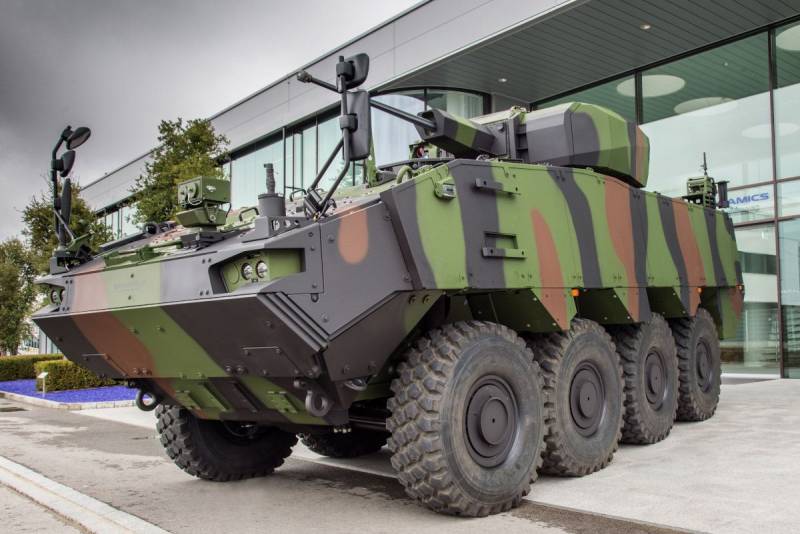
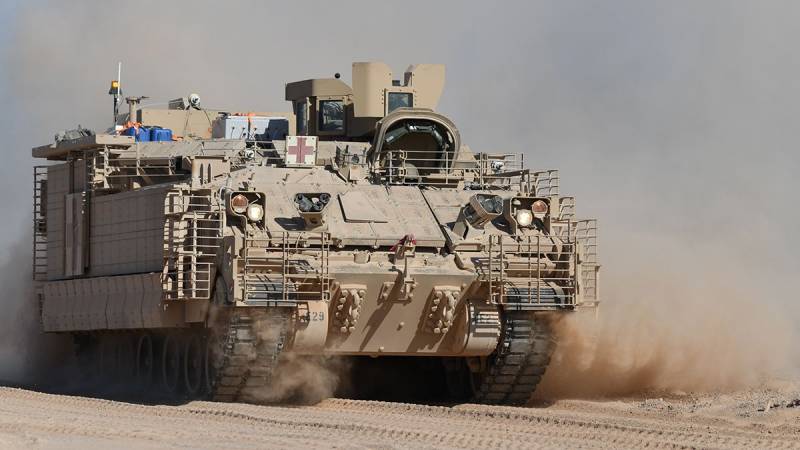
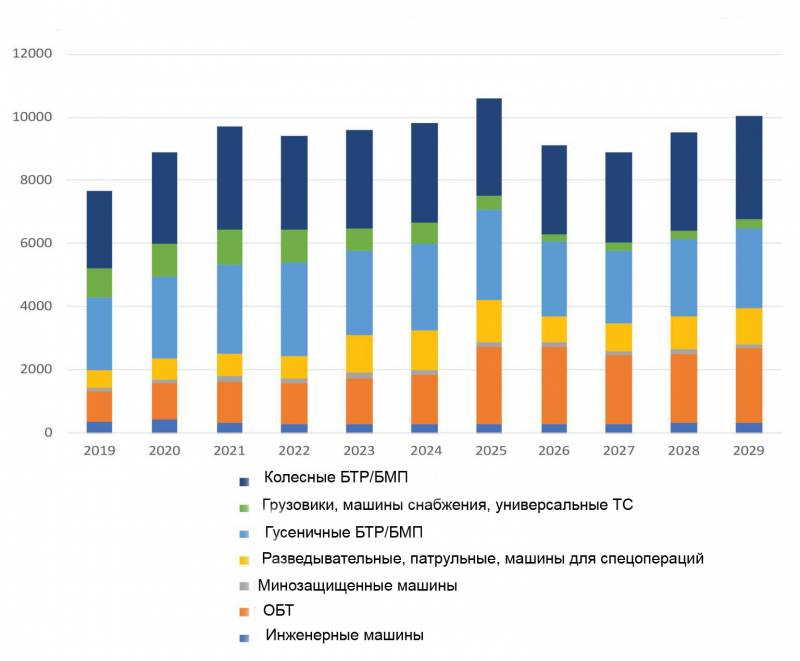
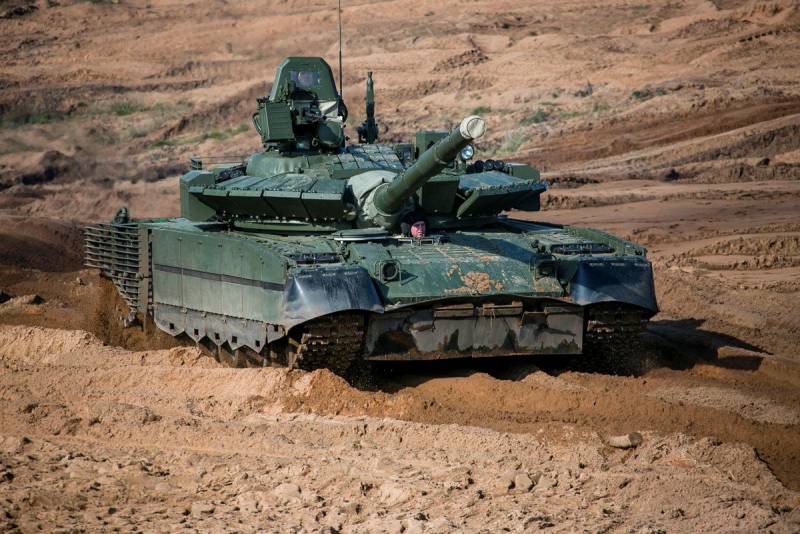
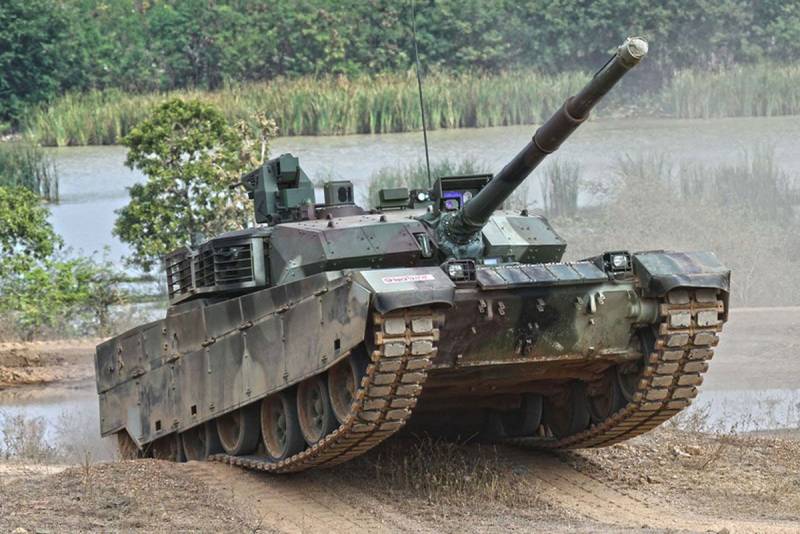
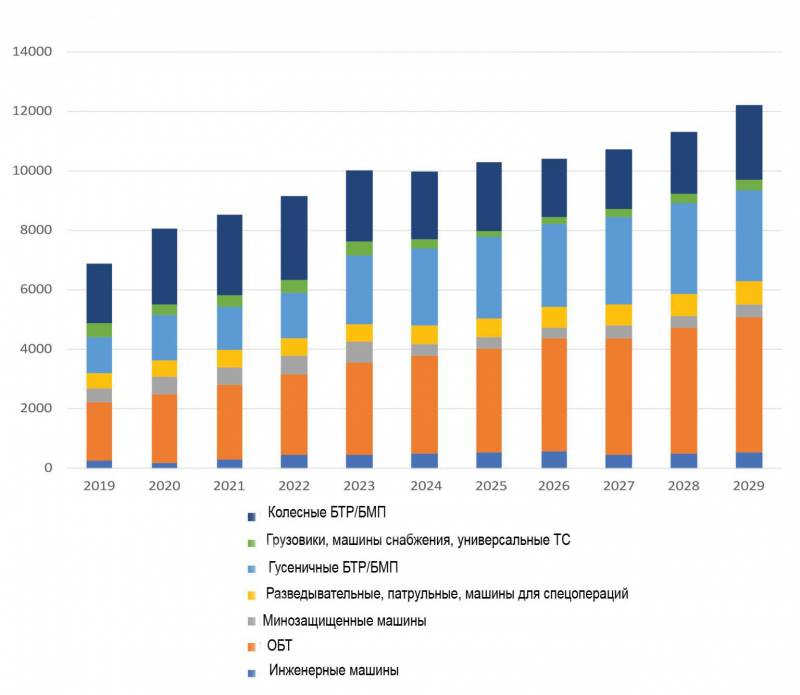
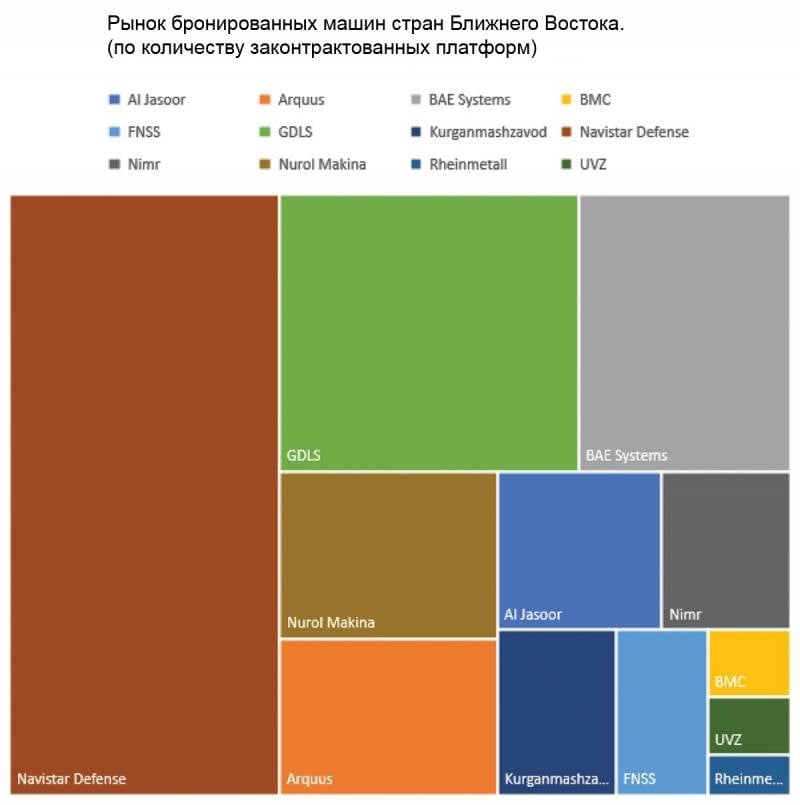
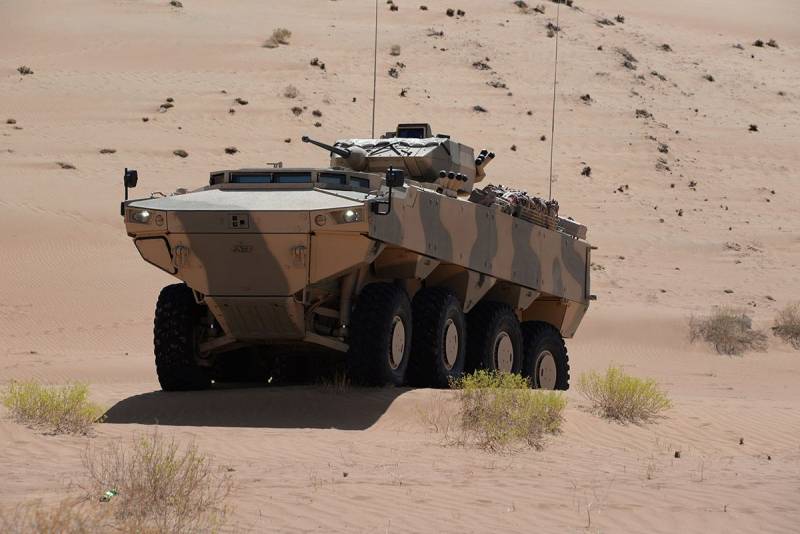
Information